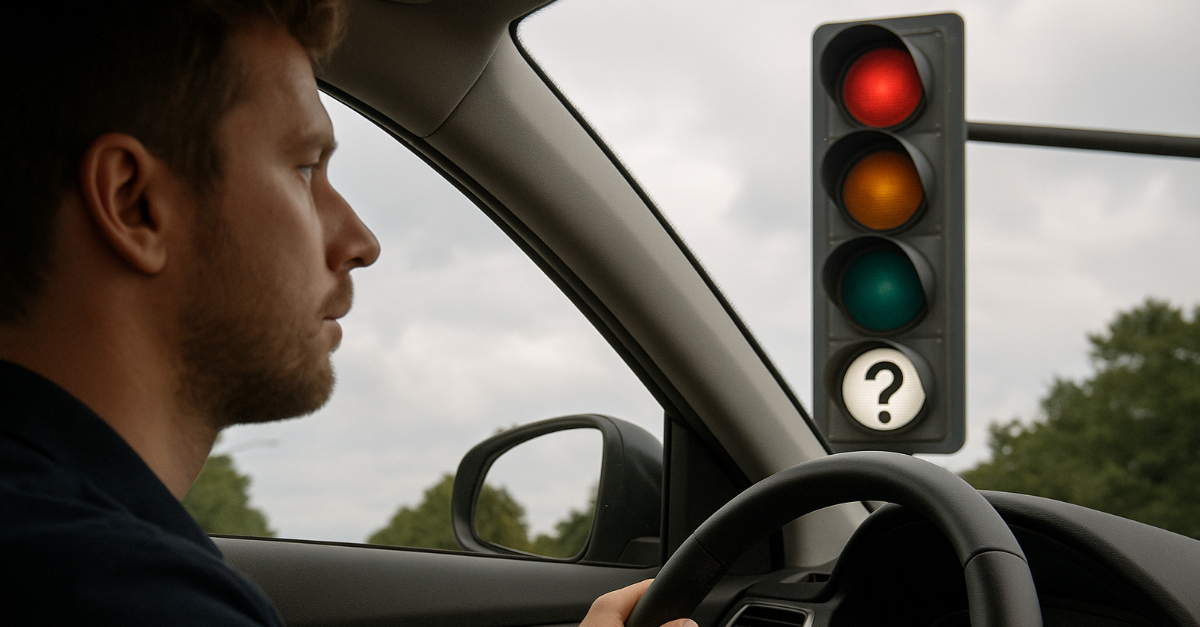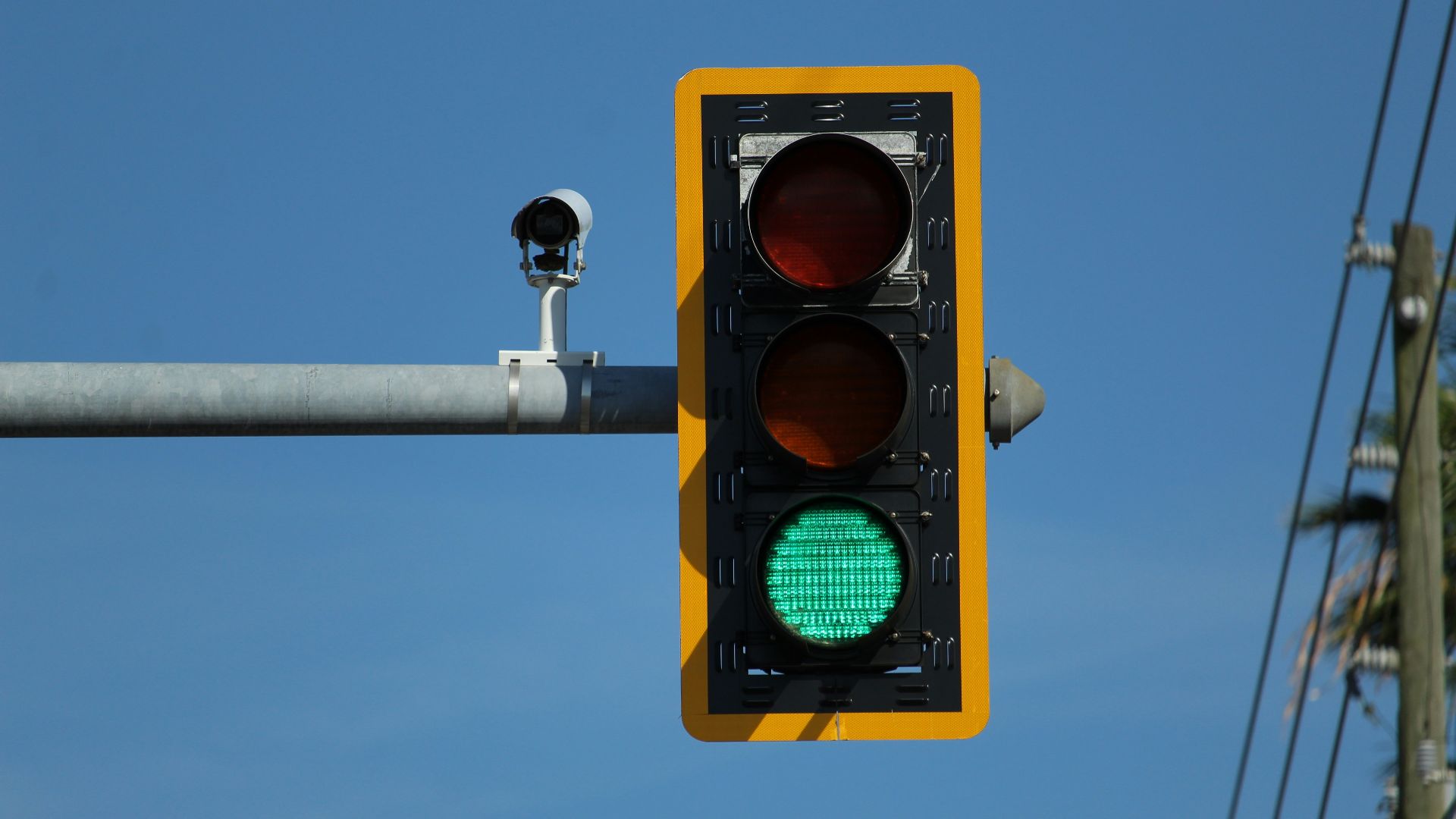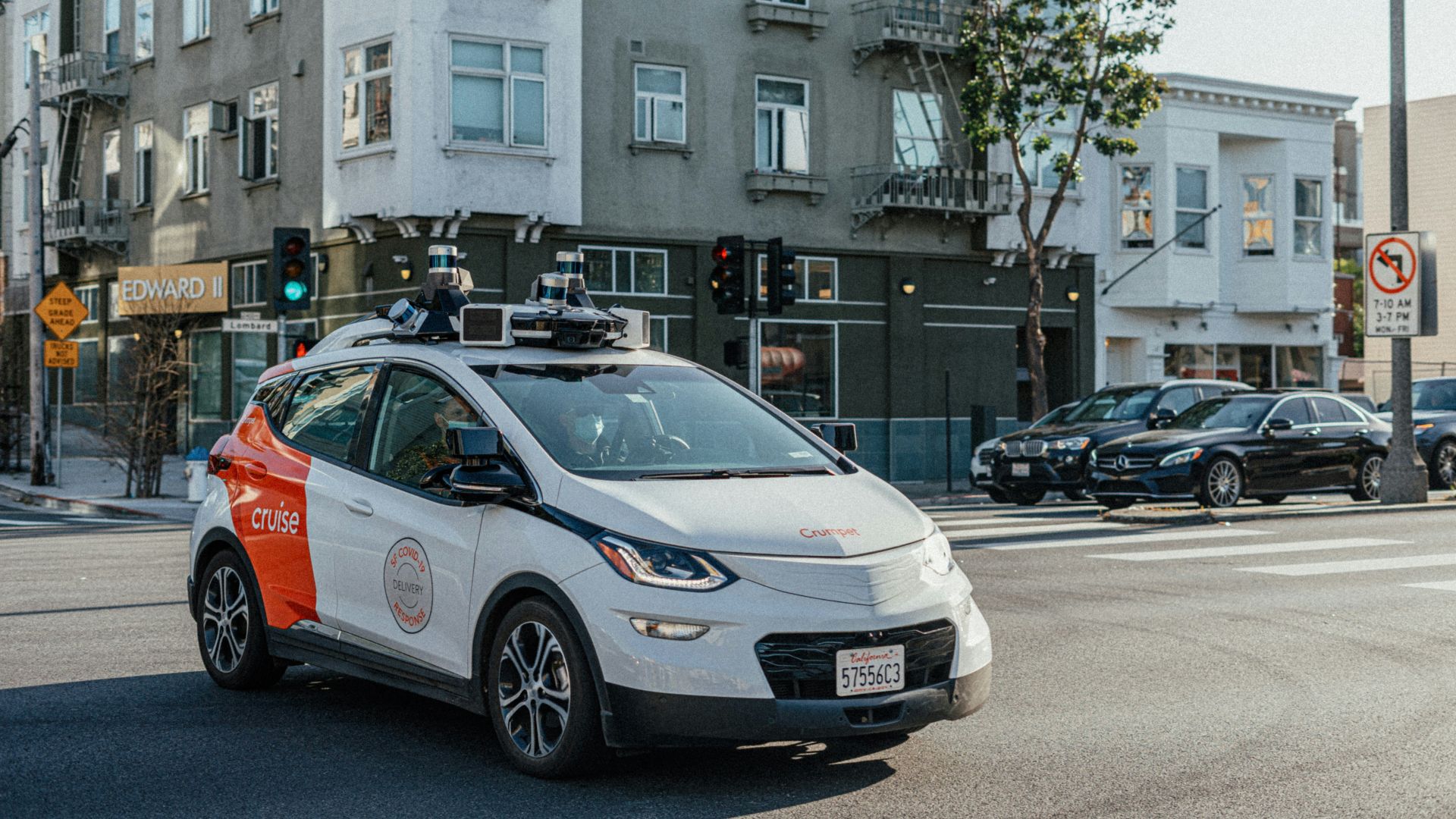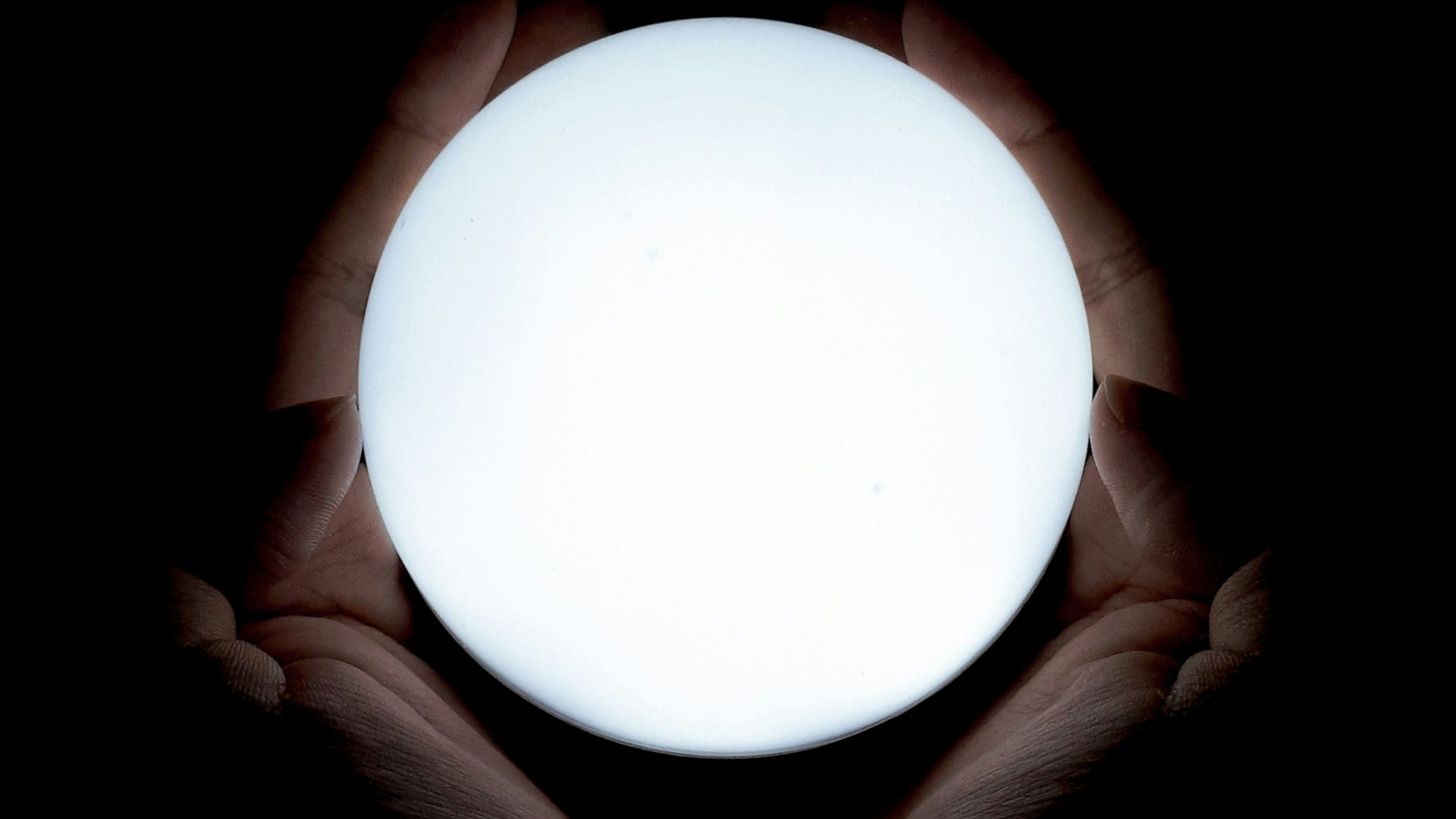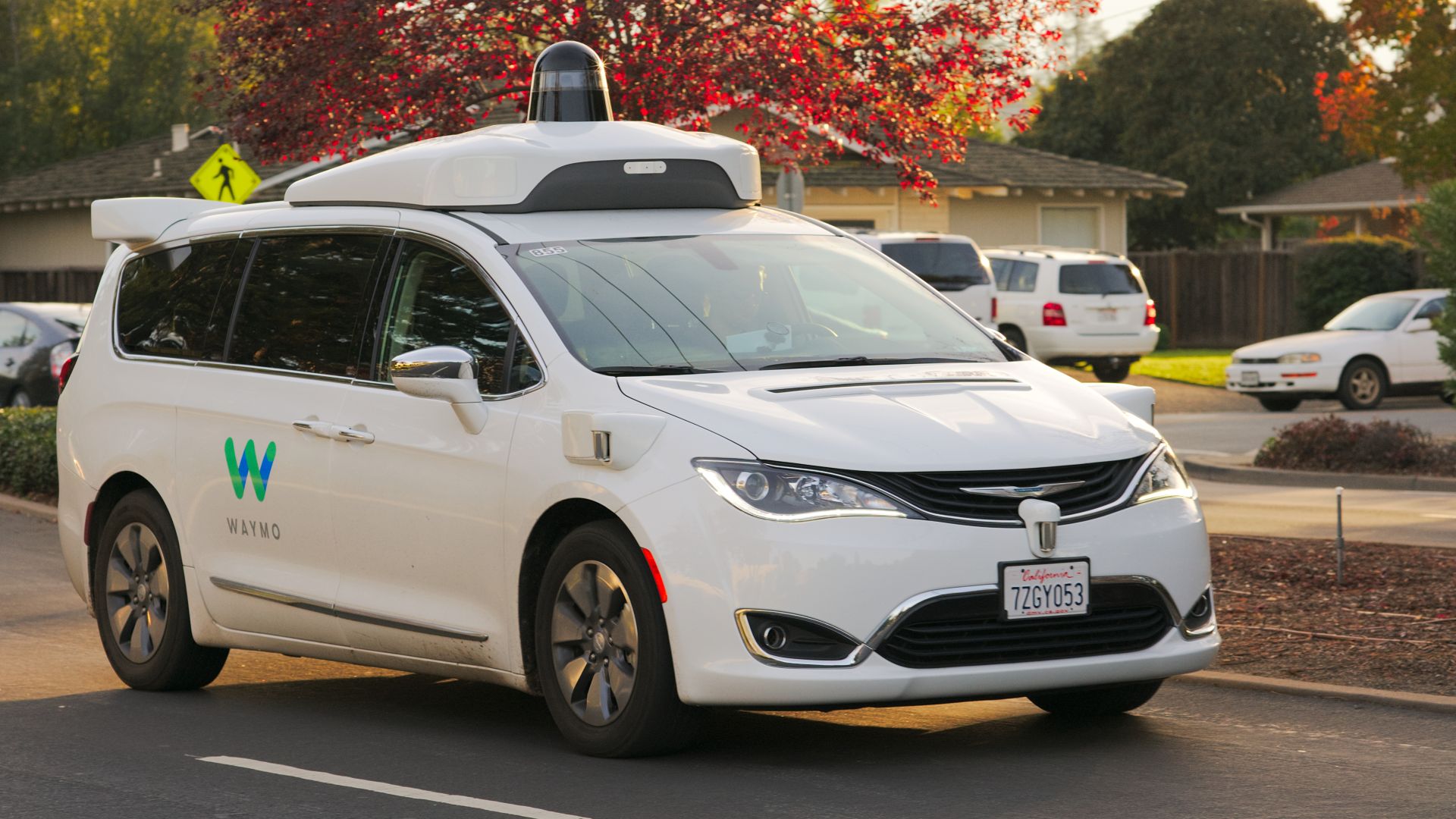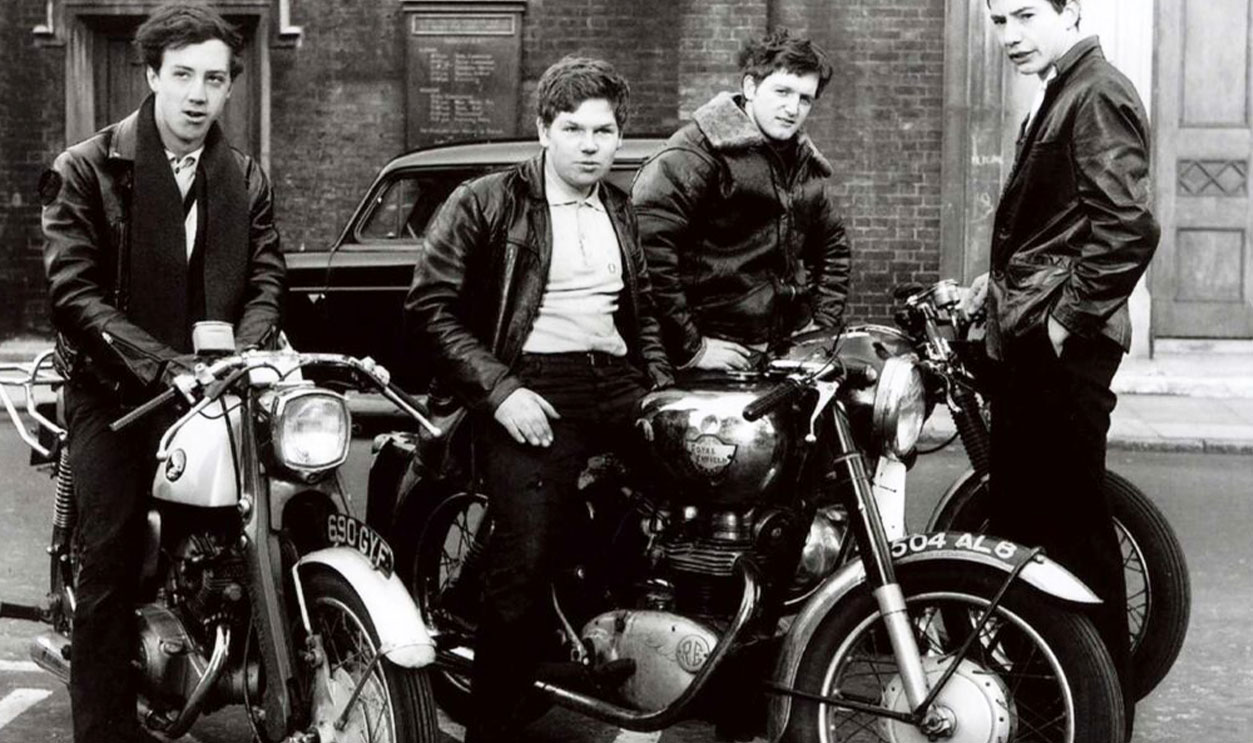Light Up the Future
It’s official. After a lengthy review process, researchers are now proposing adding a fourth color to traffic lights. Red, yellow, green…and now white. A new signal phase designed for a world of autonomous and connected vehicles is emerging from academic labs.
Why Change What’s Worked?
Traffic lights have guided us for a century. But with self-driving cars and connected roadways, engineers say the old red-yellow-green system could soon slow us down. A smarter fourth light could make intersections more efficient—and ready for the next era of driving.
Meet the “White Phase”
Researchers at North Carolina State University call it the white phase. When enough autonomous vehicles approach an intersection, the light turns white—telling human drivers to follow the car ahead while self-driving cars coordinate traffic flow automatically.
 You'll Soon See White on Traffic Lights - But Why?, BRIGHT SIDE
You'll Soon See White on Traffic Lights - But Why?, BRIGHT SIDE
How It Works
Autonomous vehicles communicate with one another and the signal system. Once there’s a critical mass of connected cars, the white light activates. The AVs take over timing, and human drivers simply mirror their movements until control returns to the normal red-yellow-green cycle.
Why White?
The color itself isn’t sacred—it just needs to stand apart from the standard three. White offers a clear contrast and visibility in all conditions, making it an obvious choice for a “special mode” that signals: the machines are managing this one.
A Smarter Flow
In computer simulations, intersections using the white phase showed major improvements. Vehicle delays dropped, stop-and-go driving eased, and fuel use fell. When cars move like a coordinated fleet instead of a crowd, traffic becomes smoother and more predictable. And it's good for pedestrians also...
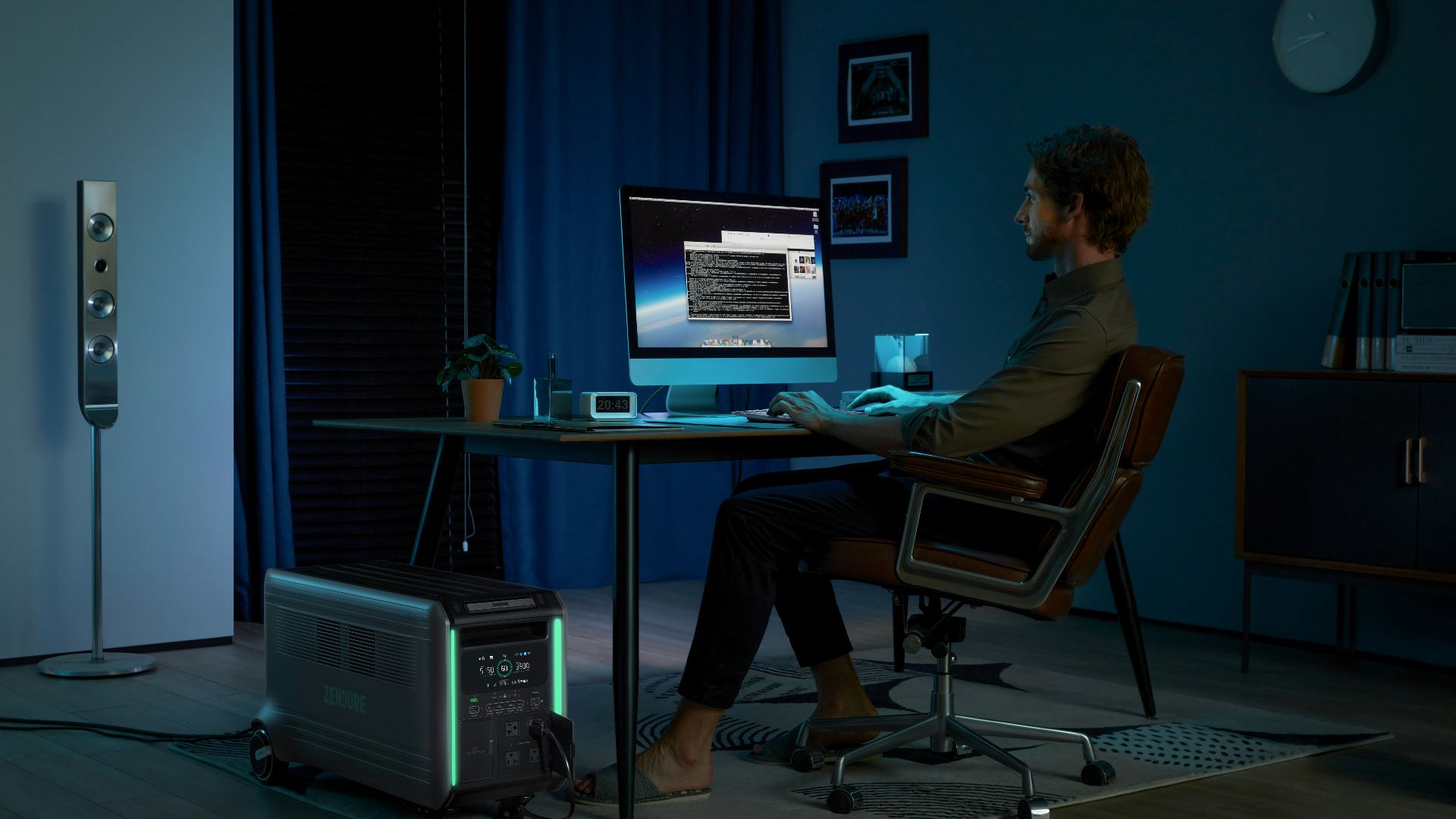 Zendure Power Station, Unsplash
Zendure Power Station, Unsplash
The Pedestrian Factor
The system can coordinate walk signals with the white phase, maintaining safe crossing times while all the while keeping vehicles flowing smoothly. Researchers say it’s a rare win-win—fewer jams for cars, less waiting for walkers.
Testing in the Lab
For now, the white phase lives mostly in simulations and model intersections. At NCSU, researchers use small fleets of connected cars to test how people respond to the new signal. These experiments help fine-tune timing, communication, and safety protocols.
 You'll Soon See White on Traffic Lights - But Why?, BRIGHT SIDE
You'll Soon See White on Traffic Lights - But Why?, BRIGHT SIDE
Pilot Programs on the Horizon
Some reports hint at pilot intersections being set up by 2025, possibly in controlled zones like research campuses or industrial parks. These testbeds will help officials measure whether the white phase improves traffic in real world conditions before any public rollout happens.
The Balance of Control
The white phase blurs that line between human and machine authority. For a few moments, self-driving cars act as traffic conductors, orchestrating flow while human drivers simply follow. Can we and them all work together?
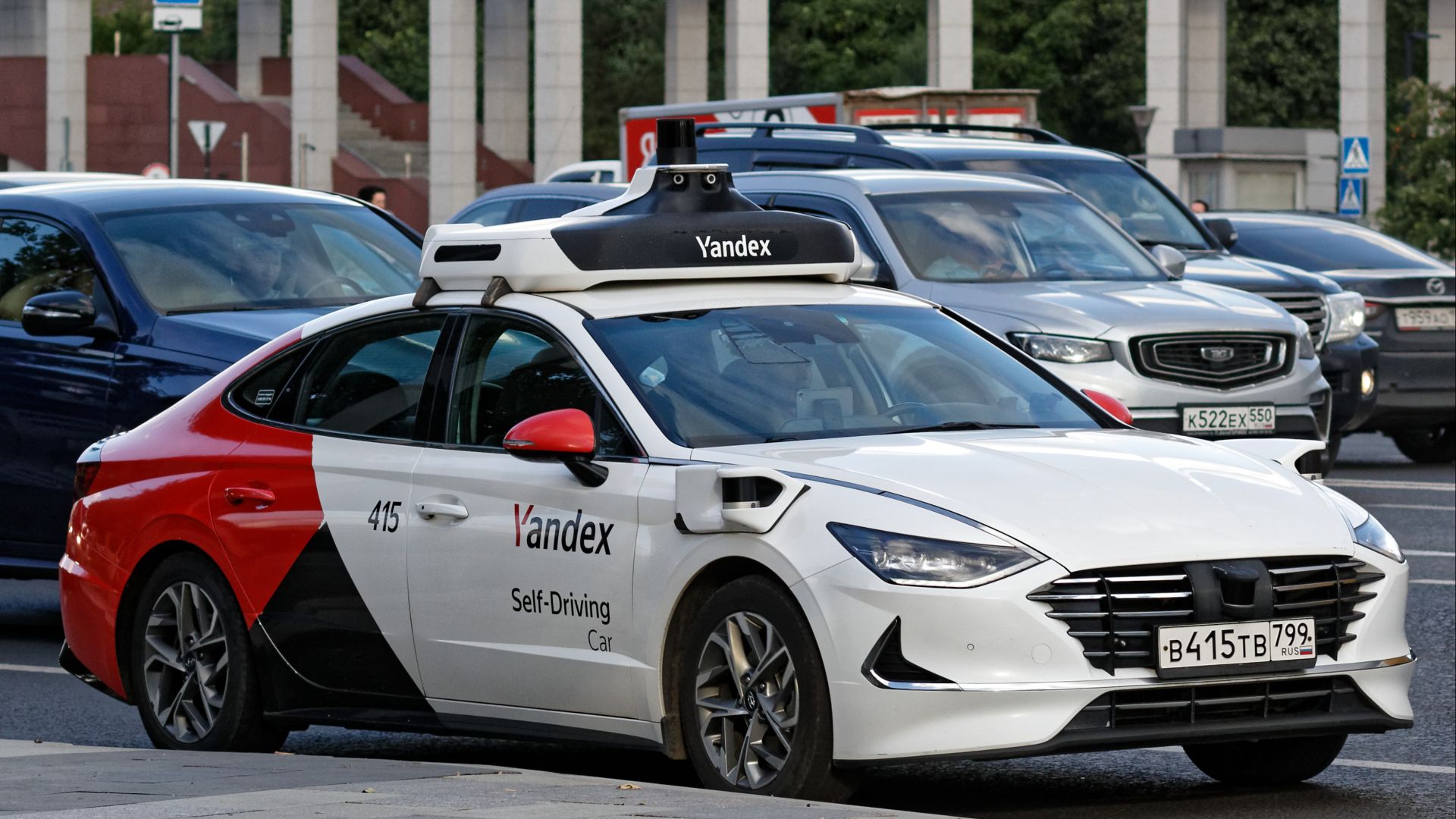 Retired electrician, Wikimedia Commons
Retired electrician, Wikimedia Commons
Big Benefits
Beyond speed, the system promises real environmental gains: less idling means lower fuel use and fewer emissions. Even electric vehicles benefit from smoother energy demand. The humble traffic light could quietly become an eco-upgrade.
Safety Potential
Smoother intersections can also mean safer ones. Fewer abrupt stops, fewer surprises, and more consistent speeds could help reduce collisions. When everyone—human or AI—is following the same rhythm, accidents are less likely to happen.
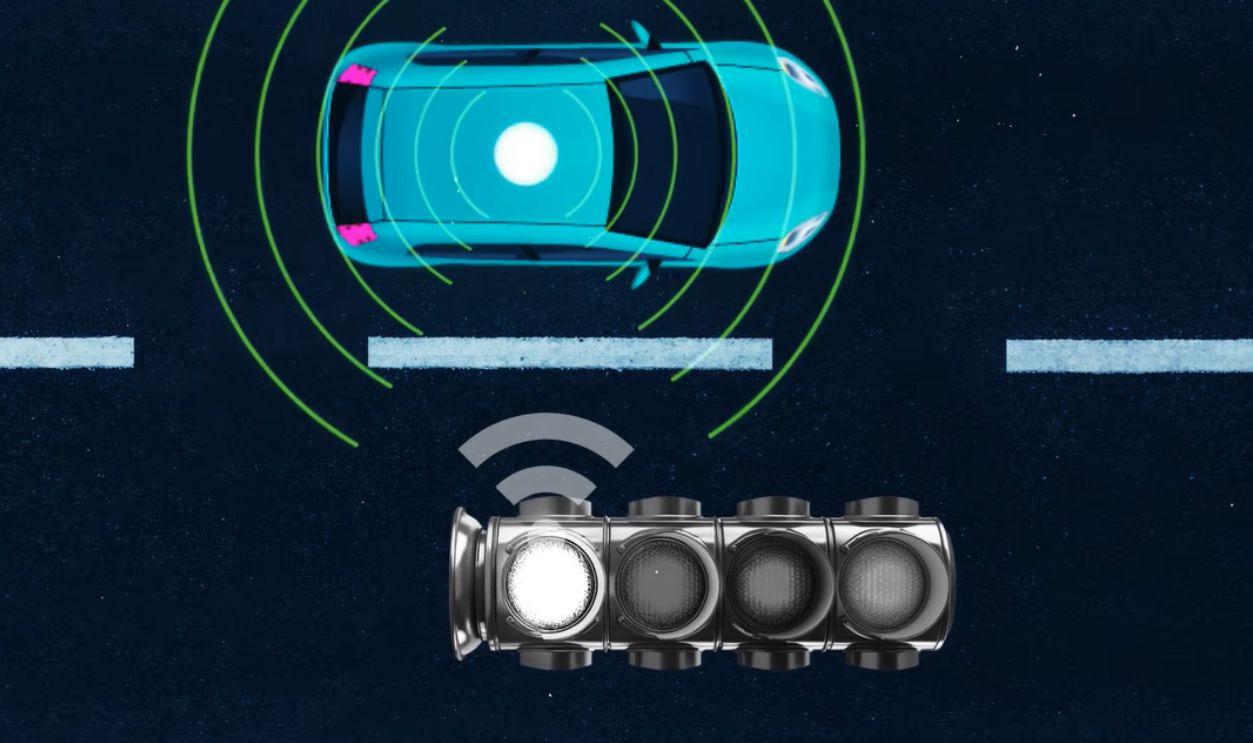 You'll Soon See White on Traffic Lights - But Why?, BRIGHT SIDE
You'll Soon See White on Traffic Lights - But Why?, BRIGHT SIDE
Global Interest
While U.S. researchers lead the charge, transportation agencies in Europe and Asia are watching closely. Cities already experimenting with smart signals and adaptive timing may be among the first to test a fourth color once standards allow it.
 You'll Soon See White on Traffic Lights - But Why?, BRIGHT SIDE
You'll Soon See White on Traffic Lights - But Why?, BRIGHT SIDE
Costly Upgrades
Adding a new light sounds simple, but it’s not. Every intersection controller, wiring setup, and algorithm would need an overhaul. Multiply that by millions of signals, and the bill climbs fast. Change won’t come cheap—or quickly.
 Kirill Borisenko, Wikimedia Commons
Kirill Borisenko, Wikimedia Commons
Teaching Drivers a New Trick
Even if the system works flawlessly, drivers must understand it. A new color means new rules, new signage, and updated driving tests. Without clear communication, confusion could outweigh the benefits.
Legal Roadblocks
Traffic light standards are governed by national road manuals and international codes. Rewriting those rules could take years of studies, testing, and bureaucratic negotiation. Regulators move slowly—sometimes slower than traffic itself.
What Industry Thinks
Automakers and tech companies love the concept but warn against rushing it. Until autonomous vehicles make up a sizable share of traffic, most intersections wouldn’t benefit. For now, the white phase remains a vision in development.
Pilot Zones First
Early trials will likely appear in controlled environments—ports, industrial campuses, or university towns—where connected fleets already operate. These safe zones offer the perfect testbed before the technology hits city streets.
 Dinkun Chen, Wikimedia Commons
Dinkun Chen, Wikimedia Commons
The Timeline
Some sources point to 2025 for small-scale testing, but large-scale rollout is far down the road. The technology, infrastructure, and regulatory pieces all need to align before white joins red, yellow, and green on everyday intersections.
 Retired electrician, Wikimedia Commons
Retired electrician, Wikimedia Commons
Why It Matters for Everyday Drivers
For commuters, this could mean shorter waits, smoother rides, and less wasted gas. Over time, smarter signals might save hours each month that would otherwise be spent idling at red lights—turning a minor innovation into a major quality-of-life upgrade.
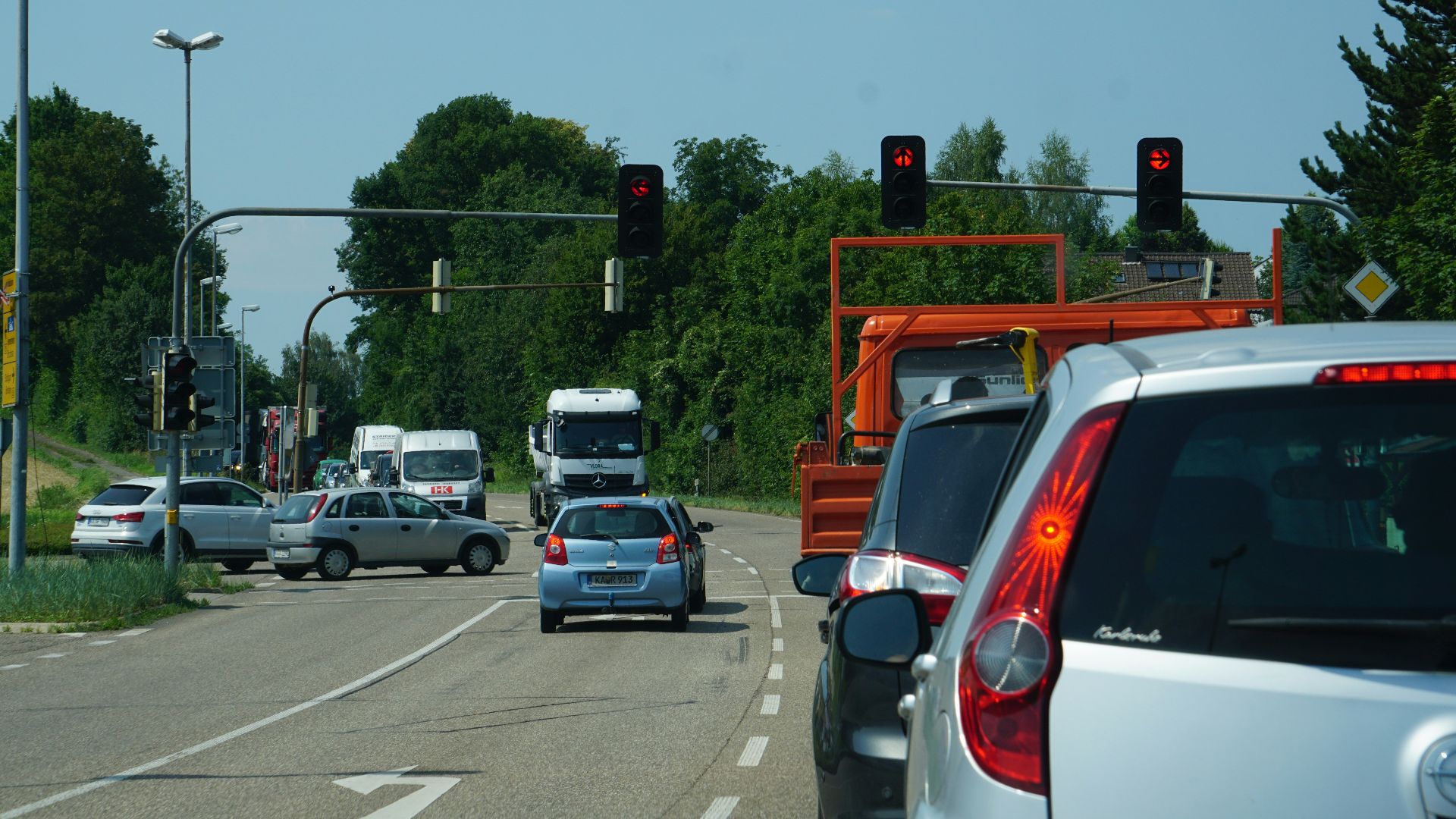 Georg Arthur Pflueger, Unsplash
Georg Arthur Pflueger, Unsplash
What Drivers Should Know
Don’t expect to see it at your neighborhood intersection just yet. For now, red means stop, yellow means slow, green means go—and white means *wait for the future.* The next revolution in traffic control is getting closer.
Wrapping Up
For over a century, the traffic light hasn’t changed much. But with self-driving cars on the rise, a new color may soon join the mix. One day, that flash of white could represent more than headlights—it could signal the light of progress.
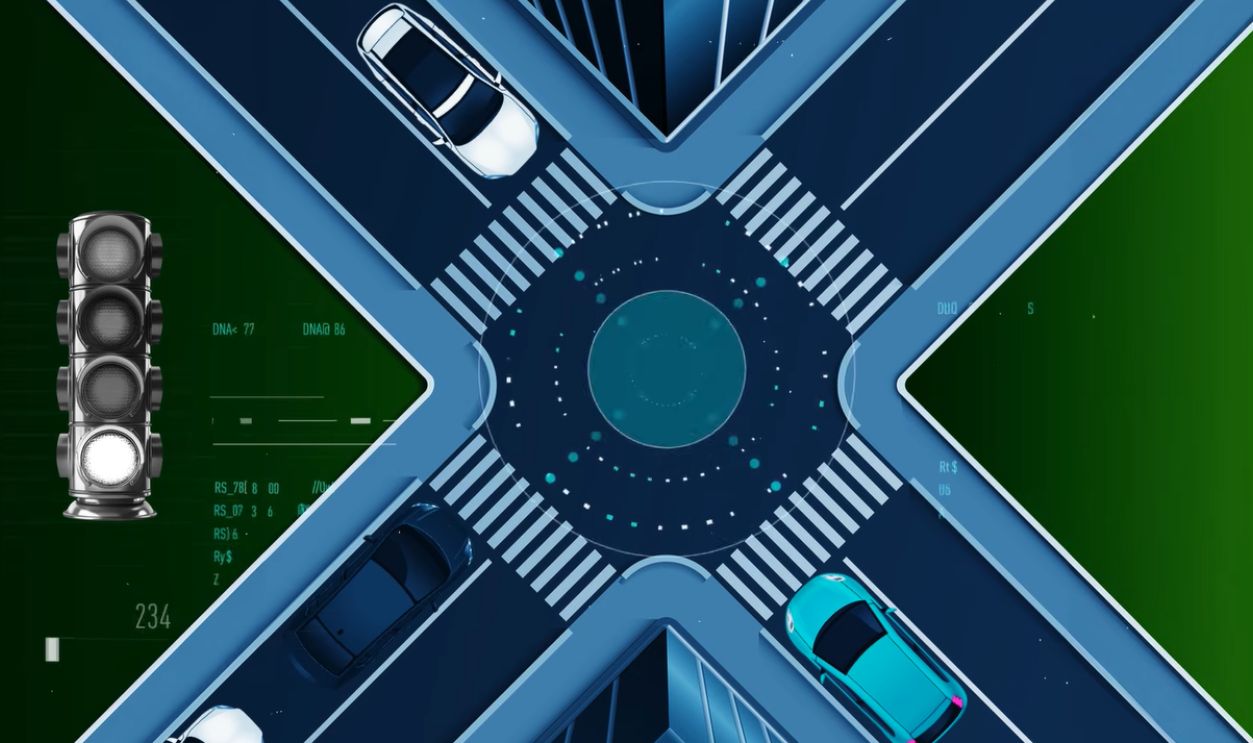 You'll Soon See White on Traffic Lights - But Why?, BRIGHT SIDE
You'll Soon See White on Traffic Lights - But Why?, BRIGHT SIDE
You Might Also Like:
Car Repairs You're Putting Off That Could Cost You Thousands
Modern Cars That Will Become Classics By 2035

